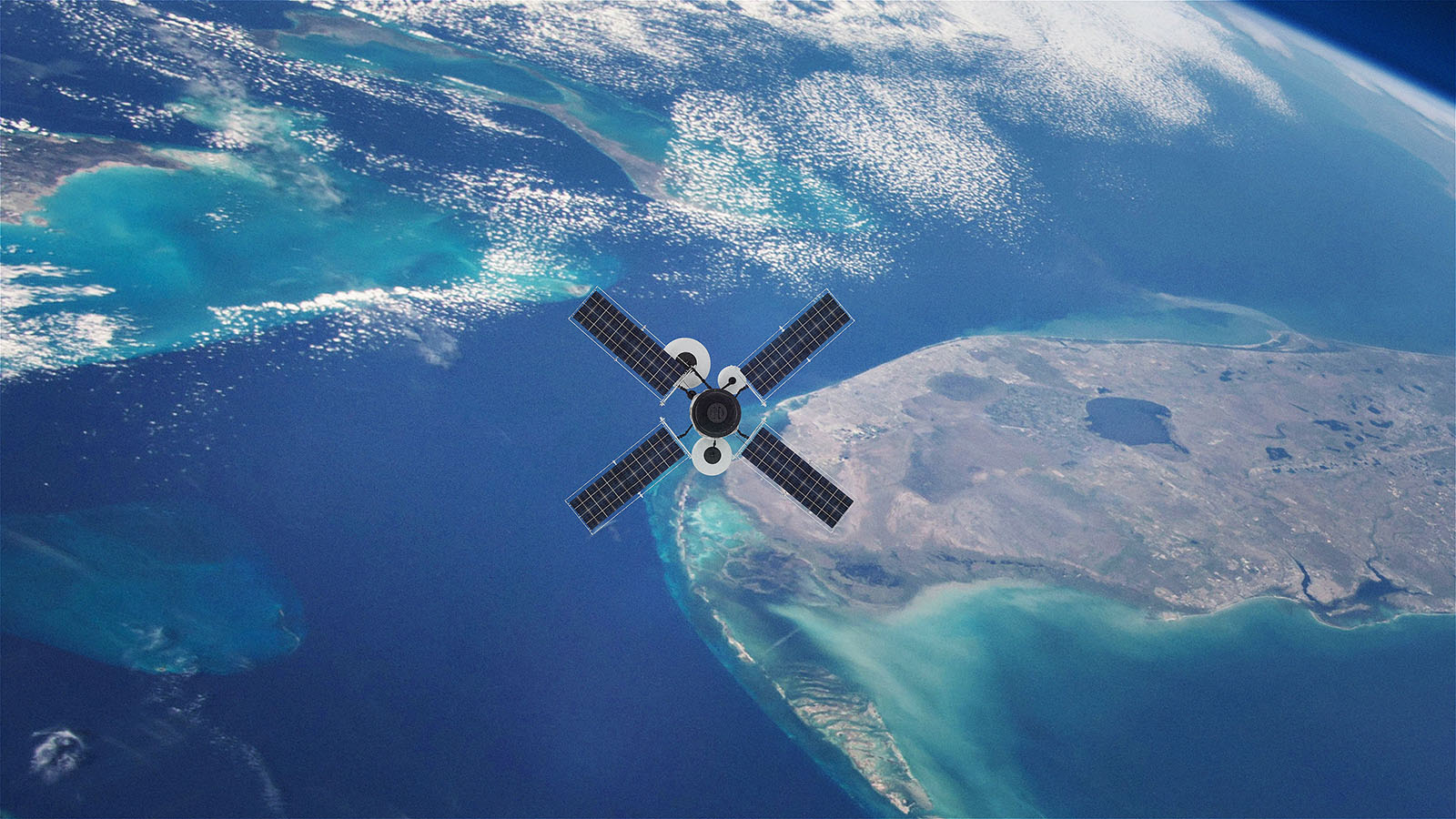Stay Up to Date
Submit your email address to receive the latest industry and Aerospace America news.
Q: You are the real aerospace engineering professor on a game show, and the person seated next to you is the imposter. Each of you must convince the audience that you are the true professor. The host asks the imposter, a sportswriter who washed out of aerospace engineering after a semester, to explain why some satellites are spin stabilized. The imposter proclaims that “a spin-stabilized satellite follows a smooth orbital path and attitude around Earth, and if it weren’t spun, it would tumble and float confusingly, much like a baseball pitcher’s knuckleball, and for the same reason: a baseball is not perfectly spherical, and gravitational perturbations make it tumble.” Now it’s your turn. What would you say?
Send a response of up to 250 words that someone in any field could understand to [email protected] by noon Eastern Aug. 5 for a chance to have it published in the next issue.
__
From the June issue: PAPER AIRPLANES VERSUS REAL-LIFE AIRCRAFT
We asked you to explain why paper airplanes don’t need tails.
WINNER: Airplane 101, here we go. The fuselage is the compartment where everyone is seated in a plane. The wings are connected to the sides of the fuselage and are near the middle. The tail is located at the end of the fuselage consisting of two smaller horizontal wings coming out the sides of the body and one vertical wing attached to the top. The tail’s main function is to maintain the stability of the plane. The horizontal stabilizers (rear horizontal wings) keep the plane level or control the “pitch” (up and down motion), and the vertical stabilizer (rear vertical wing) controls the “yaw” (left and right motion). So if the tail is needed for stable flight, why doesn’t a paper airplane need one? Well, a paper airplane has a sneaky way of mimicking a tail while just using its fuselage and wings. Assuming you’ve used a paper airplane, we know that we throw them from the vertical piece sticking out from between the bottom of the wings (fuselage in this case). That is the vertical stabilizer portion of the tail. But what about the horizontal portion? Paper airplane wings are flat, unlike those on real airplanes, which are curved. With flat wings, if you move the center of mass of the paper airplane to an ideal location, you can make the forces on the wing balance out so if the nose (front of the fuselage) points too high or too low it will level back out, creating the perfect glide.
Joshua Hernandez, AIAA student member
Buffalo, New York
Joshua is a rising junior studying aerospace and mechanical engineering at the University of Buffalo.
Stay Up to Date
Submit your email address to receive the latest industry and Aerospace America news.




